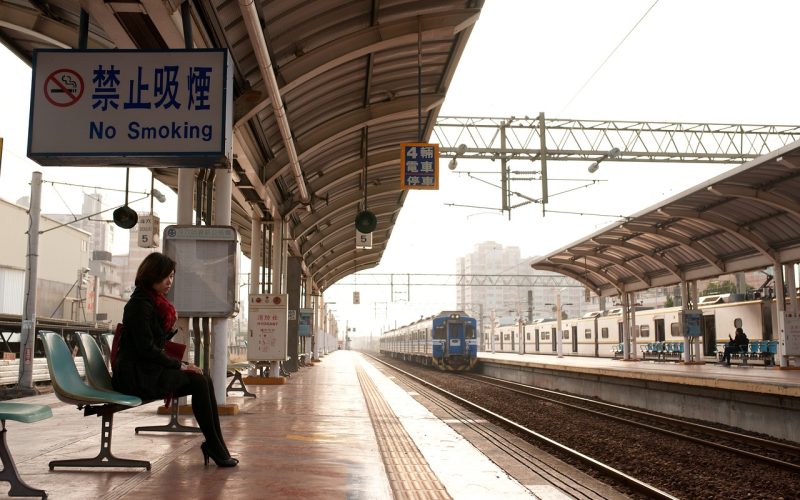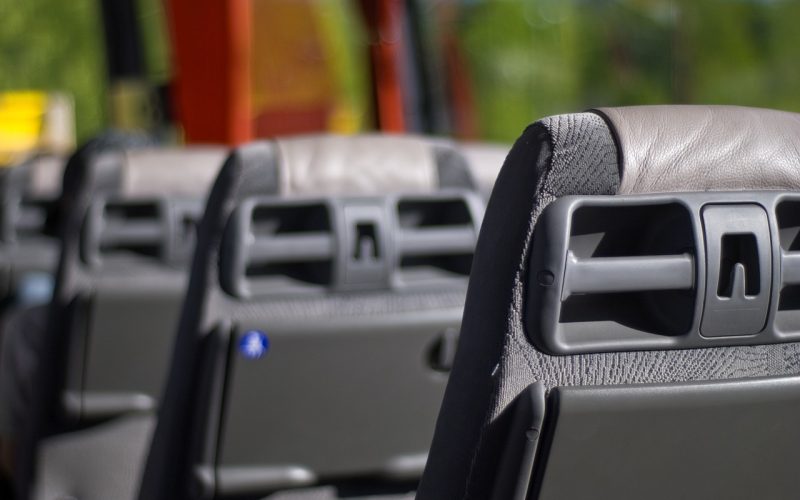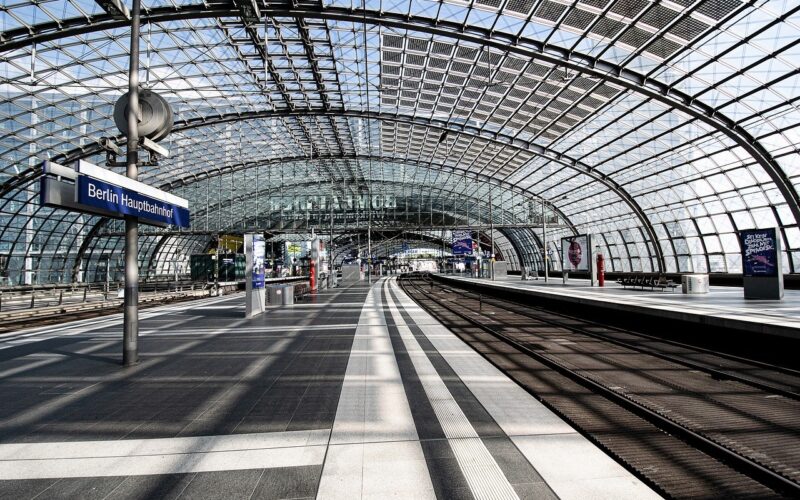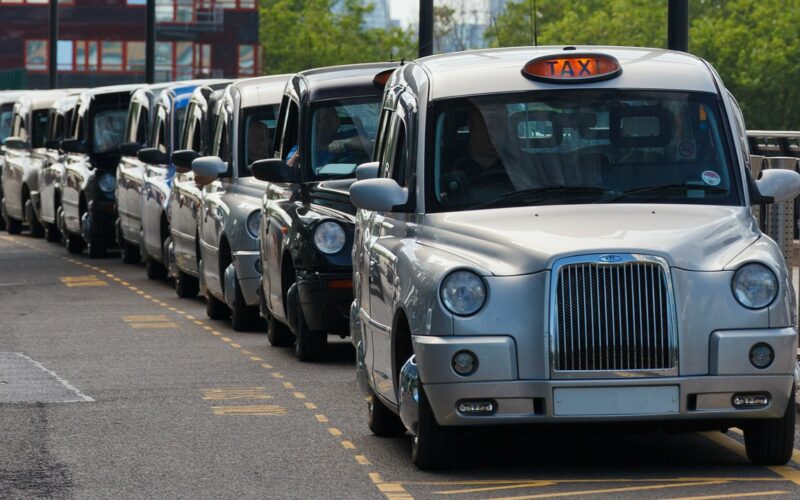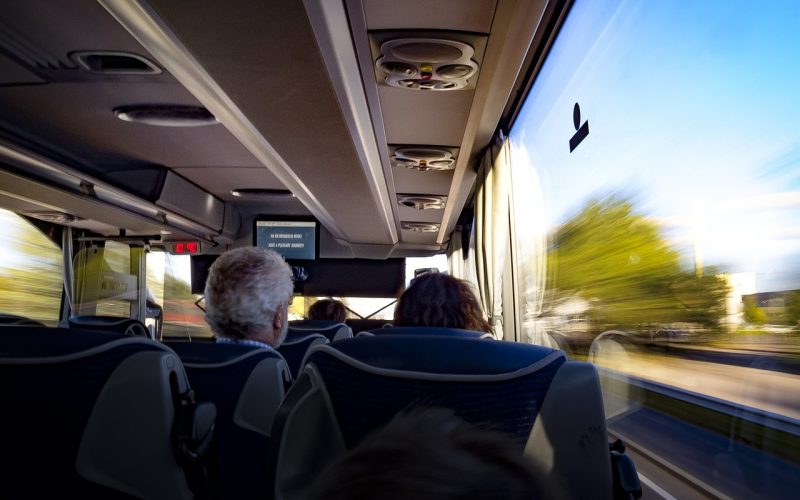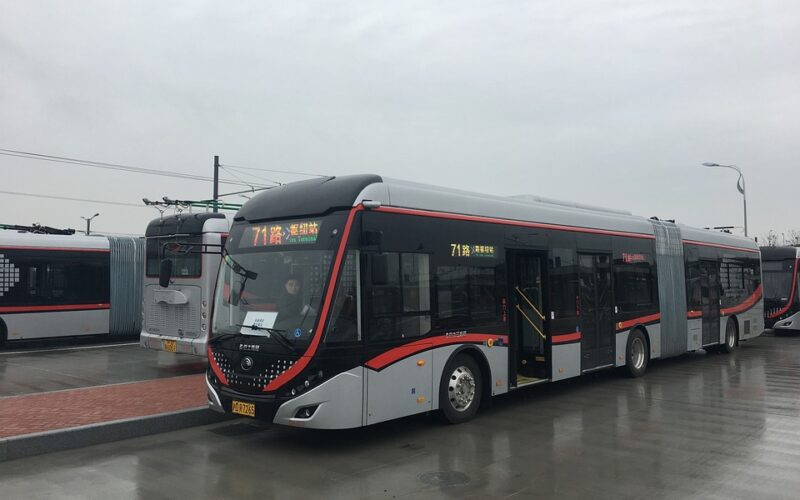Public Safety On Public Transport
Public transport is a crucial part of many people's daily lives, but ensuring the safety of passengers is an ongoing challenge. With thousands of individuals relying on buses, trains, and underground systems every day, implementing effective safety measures is imperative. From surveillance systems to emergency protocols, here are some key strategies that can help protect passengers and staff while fostering a secure travel environment.
Enhancing surveillance systems with CCTV
A robust surveillance system is one of the most powerful tools for maintaining public safety on transport networks. Closed-circuit television (CCTV) cameras serve as both a deterrent to criminal activity and a means to investigate incidents after they occur. Strategically placed cameras can monitor high-traffic areas such as entrances, ticket gates, and station platforms, providing continuous oversight.
Additionally, modern CCTV systems with high-resolution imagery and real-time monitoring ensure quicker responses to unusual behaviour. These systems can spot signs of vandalism, theft, or unauthorised access, allowing transport authorities to take swift action. While enhancing public safety, CCTV also reassures passengers, making them feel more secure during their journeys.
Deploying effective alarms and emergency protocols
Alarms are another vital component in safeguarding public transport systems. Emergency buttons and alert systems—installed in carriages, stations, and buses—empower passengers to quickly raise concerns in urgent situations. These Bolton alarms should be highly visible, easy to access, and clearly labelled to ensure passengers know when and how to use them.
Equally, transport authorities must establish clear and comprehensive emergency protocols. Plans should outline step-by-step procedures for incidents such as accidents, fires, or security threats. Regular drills for both staff and passengers can significantly improve the efficiency of emergency response, minimising risks during real-life situations.
Increasing staff training and preparedness
Highly trained staff are essential for maintaining safety and responding effectively when incidents arise. Transport employees should undergo regular training on how to manage emergencies, handle passenger concerns, and deal with potentially dangerous individuals. Staff equipped with skills in first aid, conflict resolution, and public communication can bring stability to chaotic situations.
Furthermore, visible staff presence can deter anti-social behaviour and improve passenger confidence. When employees are trained to remain calm under pressure and communicate clearly, they become key assets in maintaining a secure and welcoming transport environment.
Raising passenger awareness and involvement
Safety on public transport is a shared responsibility, and educating passengers about safety practices can lead to a more secure system. Efforts to raise awareness might include informational posters, recorded announcements, or short videos explaining what to do in emergencies or how to report suspicious activity.
Encouraging passengers to remain vigilant and involved can make a significant difference. By fostering a culture of shared accountability, transport networks can benefit from thousands of extra pairs of "eyes and ears" ready to recognise potential issues before they escalate.
Enhancing infrastructure for accident prevention
Safe infrastructure design is another key element in protecting passengers. Features such as handrails, slip-resistant surfaces, and well-maintained escalators are essential for preventing accidents and injuries. Improved lighting in car parks, waiting areas, and platforms can also boost visibility, discouraging criminal activity and ensuring passengers feel safer.
Modernising infrastructure to include automated doors and screen doors at train stations can further reduce risks, such as falling onto tracks. Pairing these updates with clear signage and regular inspections ensures public transport remains both accessible and secure.
Leveraging technology for smarter safety solutions
New technologies can complement traditional safety measures, reinforcing the security of public transport networks. For example, AI-powered software can analyse data from Bolton CCTV footage to identify threats or unusual activity in real time. Mobile apps with built-in safety features, such as location sharing or direct communication with authorities, can empower passengers to report unsafe situations quickly.
Integrating smart alarm systems that link directly to local emergency services can cut down response times significantly. Similarly, digital alerts sent to passengers during system disruptions or safety concerns ensure commuters are informed and prepared, adding another layer of security.
Building a safer future for commuters
Ensuring passenger safety on public transport requires a multi-layered approach that includes surveillance, alarms, emergency planning, staff training, and public cooperation. By implementing these measures and remaining open to innovations in technology, transport authorities can create networks where passengers feel safe and secure. A collaborative effort, combining modern solutions with proactive community involvement, is key to achieving this goal and supporting the millions who rely on public transport every day.
